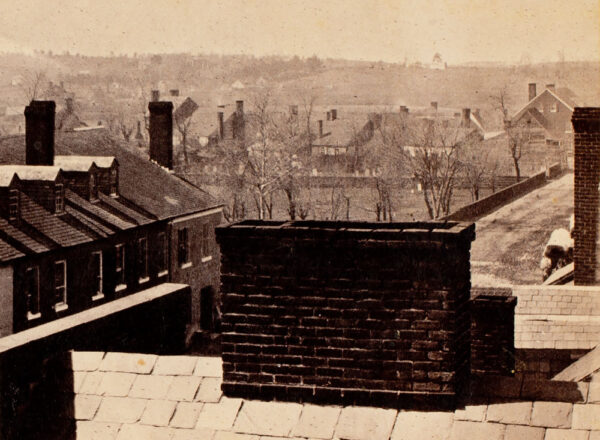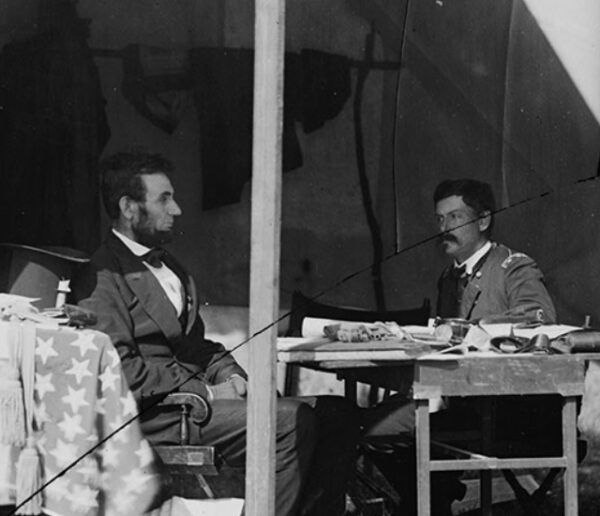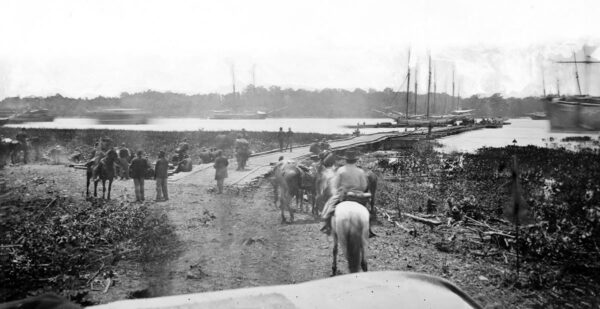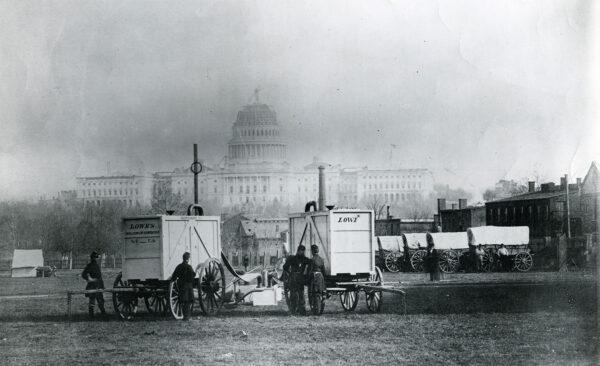There was no war when Andrew Parker found religion and joined the Seventh-Day Baptist Church in Lincklaen, a village in New York’s Finger Lakes region. At 16, he became a regular at Bible classes and prayer meetings.
When the war came, Parker felt the tug of patriotism and a call to defend the country. But his physical frailties kept him from volunteering.
Time ticked by and the need for volunteers intensified. Parker was 19 when he joined the ranks of the 44th New York Infantry on September 8, 1862. He stands here soon after his enlistment, showing off his cap with the regiment’s number and his company letter, H.
Parker and his comrades set out for Washington, D.C., eager to experience the rigors of camp and campaign. The regiment was to prove its mettle in numerous engagements, including at Gettysburg, where it helped defend Little Round Top.
But Parker never saw Gettysburg or any other battle. He never fired a hostile shot or knew the outcome of the war. Stricken in Washington with measles and then consumption, he died in Harewood Hospital on Christmas Day. His war lasted just three months.
A foster brother sat by Parker’s side in his dying days. He arranged to have Parker’s remains sent home for burial in the family cemetery.
Ronald S. Coddington is publisher of Military Images, a magazine dedicated to showcasing and preserving photos of Civil War soldiers and sailors.





